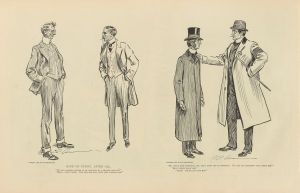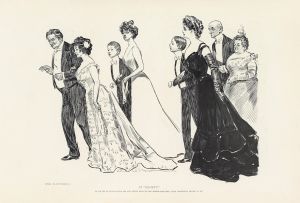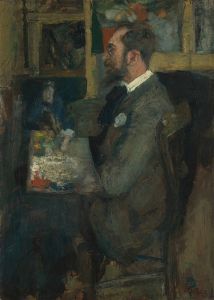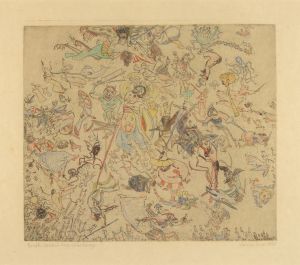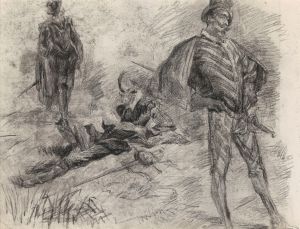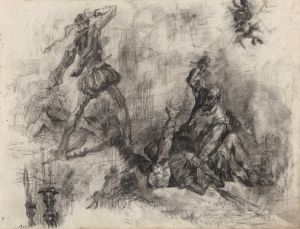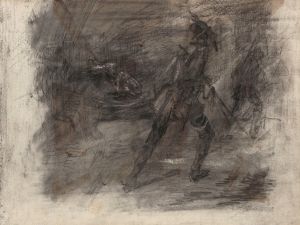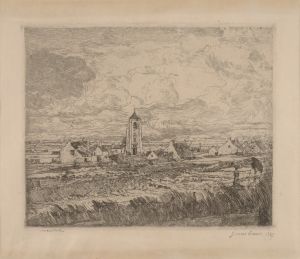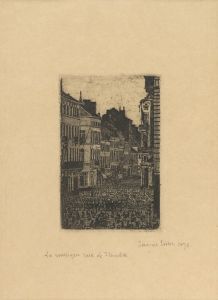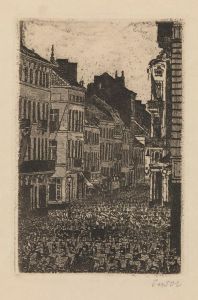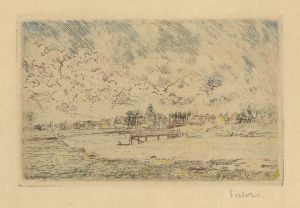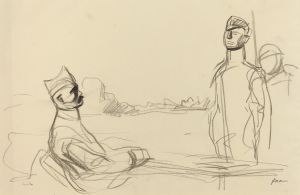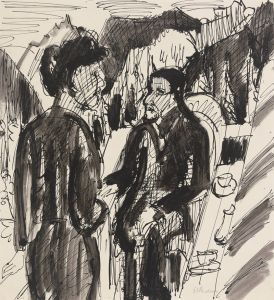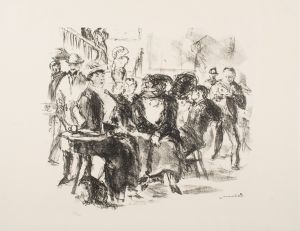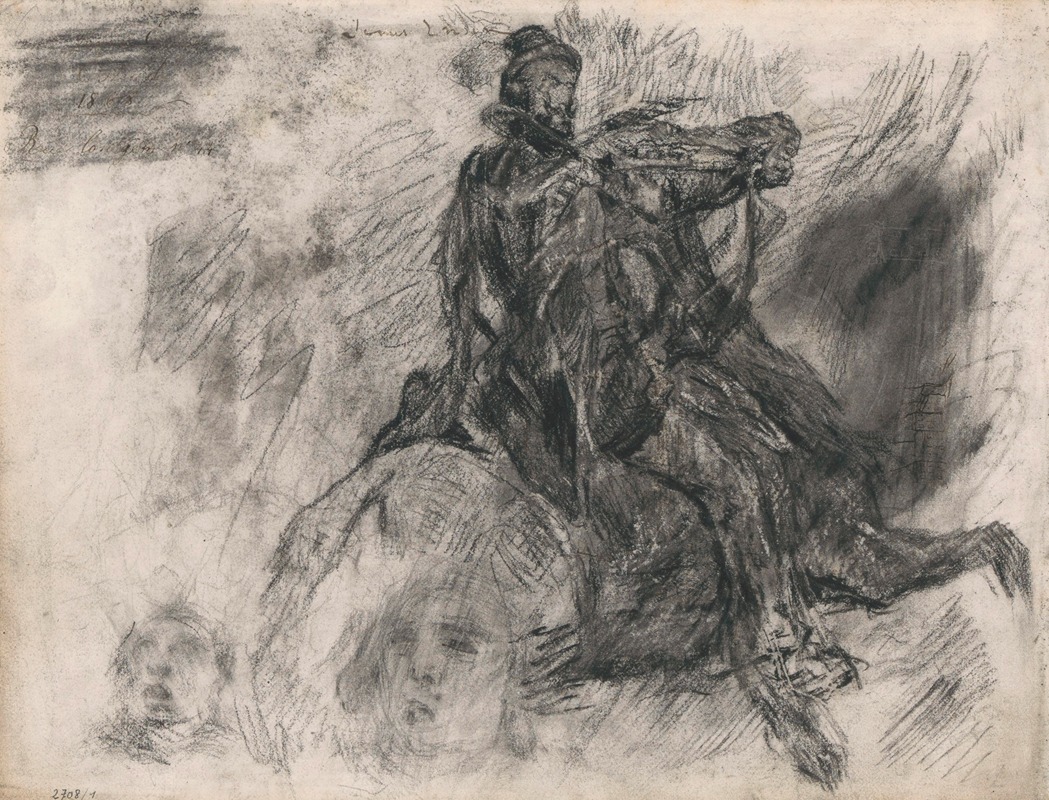
Don Quixote
A hand-painted replica of James Ensor’s masterpiece Don Quixote, meticulously crafted by professional artists to capture the true essence of the original. Each piece is created with museum-quality canvas and rare mineral pigments, carefully painted by experienced artists with delicate brushstrokes and rich, layered colors to perfectly recreate the texture of the original artwork. Unlike machine-printed reproductions, this hand-painted version brings the painting to life, infused with the artist’s emotions and skill in every stroke. Whether for personal collection or home decoration, it instantly elevates the artistic atmosphere of any space.
James Ensor, a Belgian painter known for his innovative and often provocative works, created a painting titled Don Quixote. Ensor, who lived from 1860 to 1949, was a key figure in the Symbolist movement and a precursor to Expressionism. His art often explored themes of absurdity, satire, and the grotesque, frequently incorporating masks, skeletons, and carnival imagery.
Don Quixote by James Ensor reflects the artist's interest in literary and cultural figures, as well as his penchant for blending reality and fantasy. The painting is inspired by the titular character of Miguel de Cervantes' classic 17th-century novel Don Quixote de la Mancha. Cervantes' work tells the story of an idealistic and delusional knight-errant, Don Quixote, who embarks on a series of misadventures in his quest to revive chivalry. Ensor's interpretation of Don Quixote aligns with his broader artistic themes, as the character's eccentricity and defiance of societal norms resonate with the artist's own worldview.
Ensor's depiction of Don Quixote is characterized by his distinctive style, which often combines vivid colors, dynamic brushwork, and a sense of theatricality. The painting captures the essence of Don Quixote's quixotic nature, portraying him as a figure both heroic and absurd. Ensor's use of exaggerated forms and dramatic contrasts underscores the tension between idealism and reality, a central theme in Cervantes' novel.
While Ensor's Don Quixote is not as widely discussed as some of his other works, such as The Entry of Christ into Brussels in 1889, it remains an example of his engagement with literary and cultural themes. The painting reflects Ensor's ability to reinterpret classic subjects through his unique artistic lens, infusing them with his characteristic wit and imagination.
As with many of Ensor's works, Don Quixote invites viewers to reflect on the complexities of human nature and the interplay between illusion and truth. The painting stands as a testament to Ensor's innovative approach to art and his enduring fascination with the human condition.





